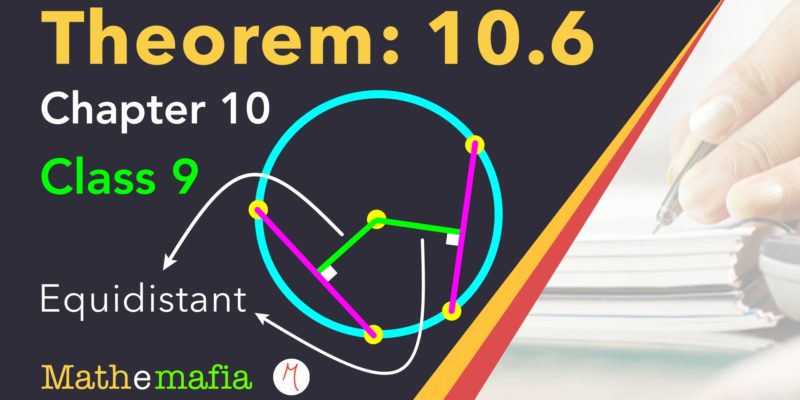Class 9 | Chapter 7 | Triangles | Theorem 7.2 | Isosceles triangle theorem
Theorem 7.2: Angles opposite to equal sides of an isosceles triangle are equal. Theorem 7.1 Theorem 7.3 Prerequisite It is quite easy to prove this theorem and it’s been proved by two different ways in the above tutorial: Using angle…
Read More
